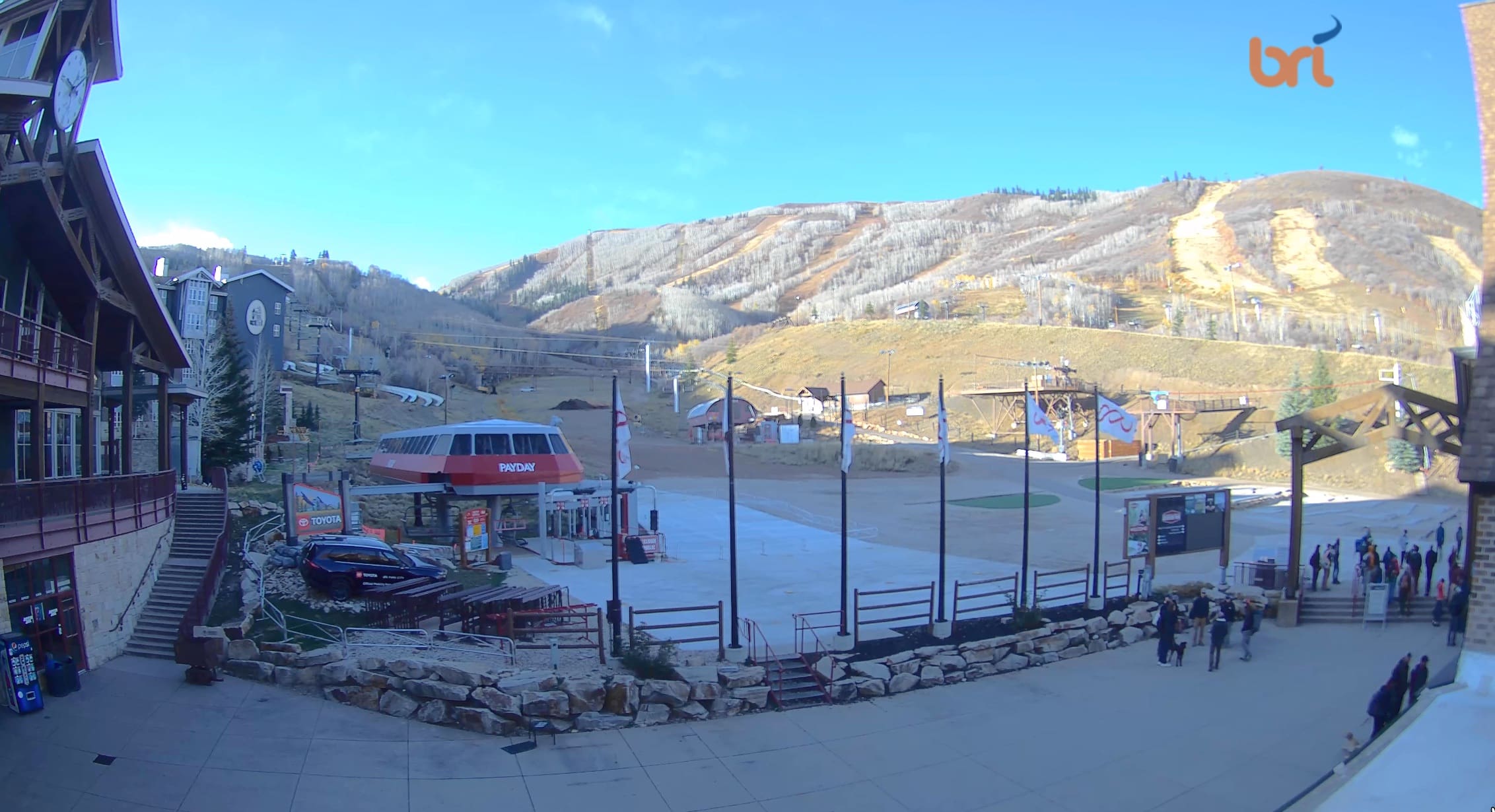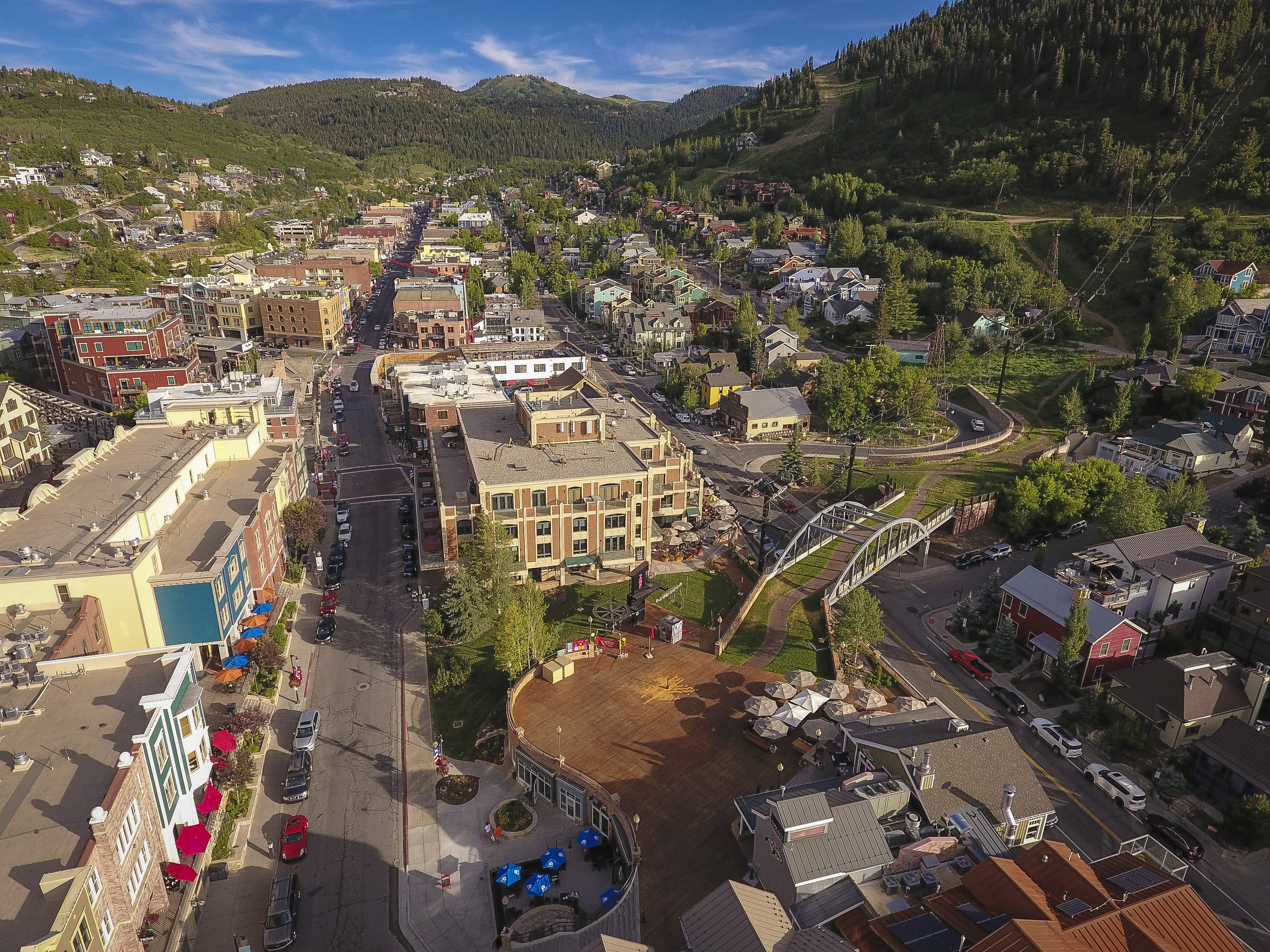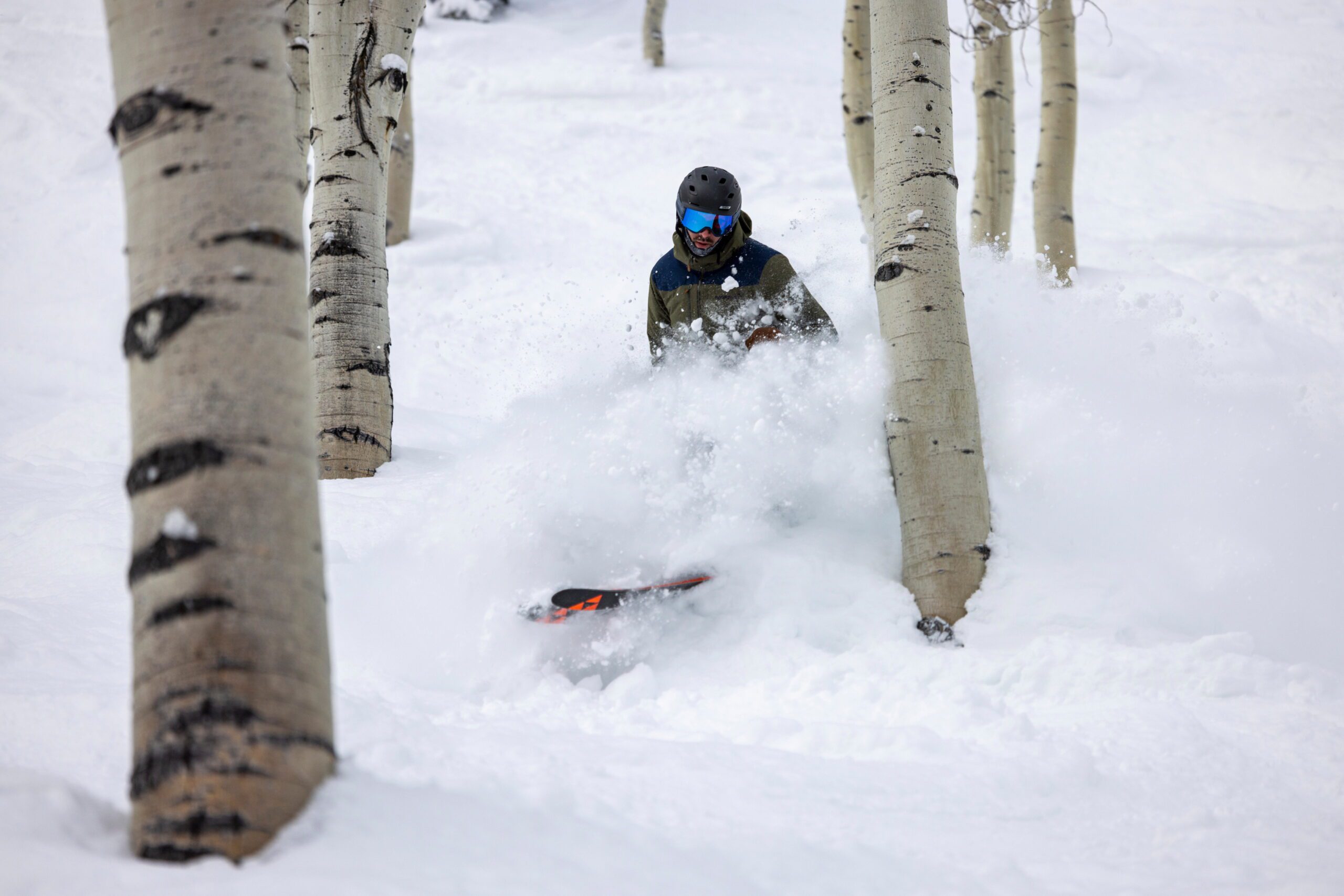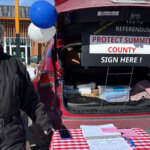Opinion
Does Park City want to be a ski town or not?
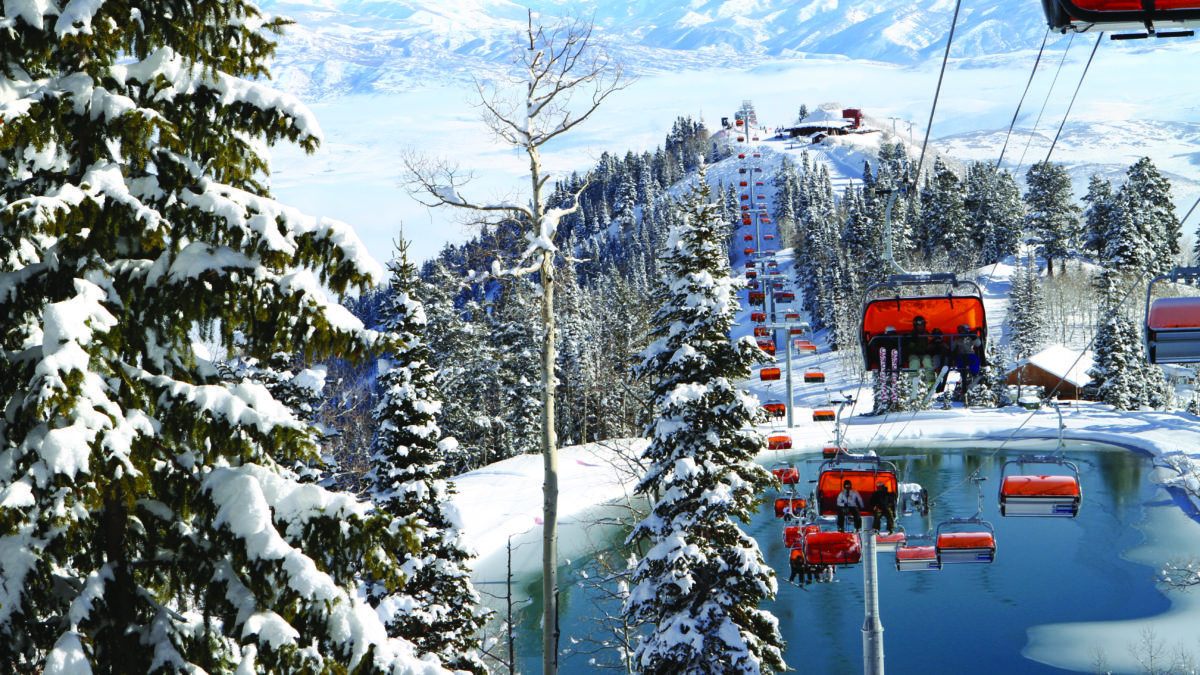
Orange Bubble Express. Photo: Park City Mountain
Originally published in the Storm Skiing Journal November 20, 2023.
PARK CITY, Utah — Heather Hansman’s 2021 book, Powder Days, explores the state of the modern U.S. ski town. Spoiler alert: it’s broken. In contrast to the simplistic but dominant narrative that this is entirely the fault of corporate consolidation (though this is addressed), Hansman digs into some of the dysfunctional elements of ski town culture that lock mountain communities into a mutated version of themselves:
[Aspen vice president of sustainability Auden Schendler] says [Aspen] is full of people who buck against sustainable changes like more efficient housing or public transportation, because they don’t want to limit their lifestyles. “Mountain communities are often run by environmentalists from forty years ago whose thinking has not kept abreast of the development in their hometowns. They champion stasis over change, open space over density, and consider development evil,” Auden wrote in an op-ed. “They hate crowds-even though crowds are the foundation of the entire resort economy.”
He mentions Telluride as a cautionary tale. Fifteen years ago Telluride bought all the land at the mouth of their valley and turned it into open space. When they tried to freeze the physical footprint they cut themselves off from growth. Housing prices went up, workers couldn’t afford to live in town, and the area started to feel ghostlike. Now, Telluride is building a boardinghouse to try to compensate for the lack of affordable housing. The local government says it’s necessary to house workers, but a boardinghouse isn’t the kind of place you’d want to live forever. There’s no pathway to becoming a local. Auden says that even if it’s not prosaic or popular, those towns can’t hold on to their images of idyllic isolation. You have to convert to renewable energy, figure out transportation, increase density, and limit industry growth, because otherwise mountain towns will eat themselves by trying to fight change.
“Urban planning is the crux of a lot of our sustainability issues,” Auden says. “One of the themes in mountain towns has been the corrosive challenge of NIMBYism, and the idea that to hold on to these wonderful places that feed our soul we have to freeze them in time. But if you freeze them in time you destroy them. There will be lines of traffic, no community, no one living in town. The only path to saving it is to accept that they will be different, and manage growth and change.”
This is not the same thing as dismissing all mountain-town residents as myopic obstructionists, but it distills a stubborn but hugely disruptive dynamic: a small number of people, guided more by ideology and passion than logic, can freeze a community in amber just by opposing any project that doesn’t suit their cartoon version of the world. Aspen, again, illustrates this point:
[Michael Miracle, “the guy in charge of the resort’s housing program”] says that Aspen, as a community, tends to want an impossible combination of things. It wants abundant lodging and housing, but it doesn’t want to change the Victorian-scale footprint. It wants roads but not crowds. It wants a robust workforce, but not affordable apartments. Walkability, but not density. He says it comes from a desire to hang on to the old image of the town as an untouched paradise. “It’s extreme NIMBY-ism, and Shangri-La syndrome,” he says. Because of the community’s unwillingness to meet demand, they’re backed into a corner, trying to make it even slightly livable for locals.
This sort of thinking is how you get the town of Vail paying $17.5 million to stop Vail Resorts from building a 165-bed employee housing development on land that the company owned – so that the acreage could be set aside for bighorn sheep habitat. It’s how you get hordes of traffic-bedeviled skiers to fiercely oppose a Little Cottonwoods gondola that would immediately eliminate that traffic. And it’s how you reorient a pair of Park City lift upgrades from a routine capital project into a proxy war for unrelated grievances about crowding and traffic.
Let’s focus, here, on the Park City lift dispute. If you haven’t been paying attention, in brief: last year, Vail Resorts set out to build 21 new chairlifts across its North American portfolio, including two in Park City. The local planning commission approved the projects, four people appealed that approval on a technicality, and the officials caved. Vail then appealed that decision, but shipped the lifts to Whistler while the case doddered its way through the legal bureaucracy. Nothing happened for about a year. Then, last week, Third District Court judge Richard Mrazik denied Vail’s appeal. Per The Salt Lake Tribune:
In a decision against an appeal by Park City Mountain, Judge Richard Mrazik ruled that the Park City Planning Commission has a right to question whether the resort accurately determined its Comfortable Carrying Capacity and the parking it would need to accommodate the users of two lifts that it sought to update last year. A resort’s CCC is the number of skiers it can comfortably handle on its 10th busiest day.
Vail Resorts, owner of Park City Mountain, will almost certainly appeal the case. However, if the decision stands, it could mean that any resort using CCC to determine how many skiers or snowboarders it can best accommodate in a day might be required to reveal those calculations, which are proprietary, when seeking mountain upgrades and expansions.
“This impacts all communities where these mega passes have really just brought a crush of traffic in recent years,” said Angela Moschetta, one of four Park City residents who originally fought for a closer look at Park City Mountain’s CCC calculations. “They may all have to be accountable to capacity and reveal capacity. Which would be great for communities, but that obviously upends entire business models.”
Moschetta leads this group of self-appointed freedom fighters, heaving chairlifts into the Great Salt Lake like modern-day revolutionaries chucking tea into Boston Harbor. And while they fancy their cause noble and identify some real problems, the Park City Chairlift Party’s (PCCP) activism mostly serves to block incremental solutions, exasperating the issues they claim to care about.
Let’s start with what’s real: Park City, home to four ski areas, including America’s largest, is too crowded, both on the mountains and off. While budget megapasses certainly streamline skier access, Vail and Alterra are not solely responsible for the town’s misery. Like most of America, the place was built to accommodate cars first, and people second. Not the historic core, which rose in the horse-and-buggy era, but the winding curlicued and cul-de-saced sprawl surrounding it. That worked fine for a generation or two, but now it doesn’t. Cars don’t scale – at least, not in the mountains. Park City, as a quaint ideal, cannot coexist with a built environment better scaled to suburban Phoenix than the Wasatch Back.
Right now, Park City is the worst version of itself. People like Moschetta want to keep it that way, by continuing to emphasize personal vehicles and the insane amount of land they require for parking. For Park City to have a future as a ski town, it needs to figure out how to significantly reduce the number of vehicles in the community, not how to accommodate more of them. This means running a train up from the airport, expanding the urban core, cracking open the ski borders between Deer Valley and Park City and between Park City and Brighton, and building a network of aerial lifts to move people around town. More mountain escape than dysfunctional urban-suburban hybrid. More Zermatt than Atlanta.
The lifts-require-more-parking argument is foolish. This would be true if we were talking about a whole new terrain pod, but these lifts, like most lifts Vail builds these days, had one purpose: to better move skiers around the resort. Upgrading Silverlode from a six-pack to an eight-pack would, in theory, unbottle a choke point introduced by the adjacent Quicksilver Gondola connection with Canyons. Upgrading Eagle from an old triple to a six-pack would give out-of-base skiers on the Park City side a more direct route over to King Con and Quicksilver, taking pressure off Payday and Crescent Express. These were subtle – albeit expensive – upgrades that most skiers wouldn’t even notice. Certainly no one is booking a trip to Park City because oh wow we’re so excited about these new chairlifts. But the new machines should give skiers a better day, which was the point of the Epic Lift Upgrades across the country.
But the PCCP is right about one thing: the masterplan agreement between the ski area and the town does, indeed, require the resort to consider parking availability along with any lift upgrades. Since the best way to prove that these lifts would facilitate the movement of existing skiers rather than draw new skiers is to transparently reveal the numbers behind the comfortable carrying capacity calculations, Vail should simply release them and be done with it. I realize the industry considers such things to be trade secrets, but frankly no one gives a s*&%. This is not grandma’s secret meatball recipe. If Alterra knows how Vail calculates the daily number of skiers that Park City can accommodate, it’s not going to reconfigure the number of lift tickets available at Deer Valley – it’s a completely different resort, serving a different demographic, with an identity and a self-image that is completely disconnected from its neighbor’s.
Once Vail lays out its formula, Park City officials can reconvene around this question:
Do we want to be a ski town, or not? Do we want to be a backward-looking, car-cluttered mess obsessed with a faded ideal and distracted by petty grievances, or do we want to evolve into a world-class 21st century ski town with modern on- and off-mountain transportation infrastructure? Because a ski town that transforms routine chairlift upgrades into an existential battle for a version of itself that no longer exists is going to fall behind very quickly.
If Park City wants to be a ski town, it needs to revisit and rethink that masterplan agreement with Vail and the ski resort. It needs to de-emphasize individual vehicles and parking and institutionalize a set of guidelines that encourages building density; streamlines on-mountain upgrades; and greases the movement of people into, around, and out of the community. It needs to seek both low-effort, high-impact solutions (convince Vail and Alterra to let people who have both passes ski between the resorts), and high-effort, high-impact ones (like the new walkable employee housing at the Canyons base). And it needs to make it harder for a few disgruntled people to stop projects that would benefit nearly everyone (opponents are already lining up to battle Deer Valley’s Snow Park development, which would replace a parking lot with a walkable village).
Right now, Park City is a weird amalgam of America’s best skiing and its worst ideas, traffic-clogged and overpriced, overrun with short-term rentals and attempting to stuff a 1980s car-first ideology into a 2023 that has better ideas. Every community has to fight its way to a better future. The question is whether it’s going to fight to get there, or fight to keep it from happening. Right now, Park City is mired in the latter.
To read more from Stuart Winchester, visit the Storm Skiing Journal or listen to the podcast.
Appreciate the coverage? Help keep Park City informed.
TownLift is powered by our community. If you value independent, local news that keeps Park City connected and in the know, consider supporting our newsroom.















